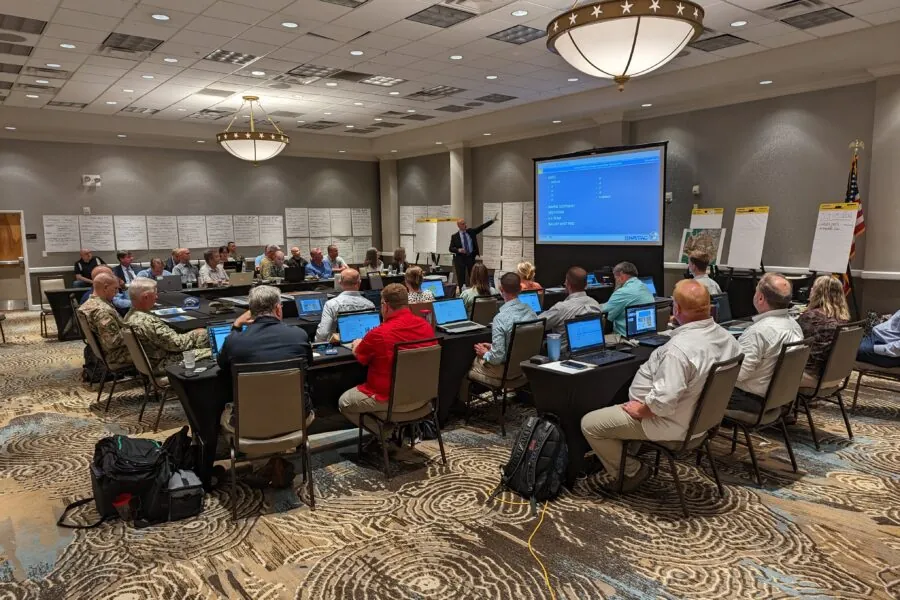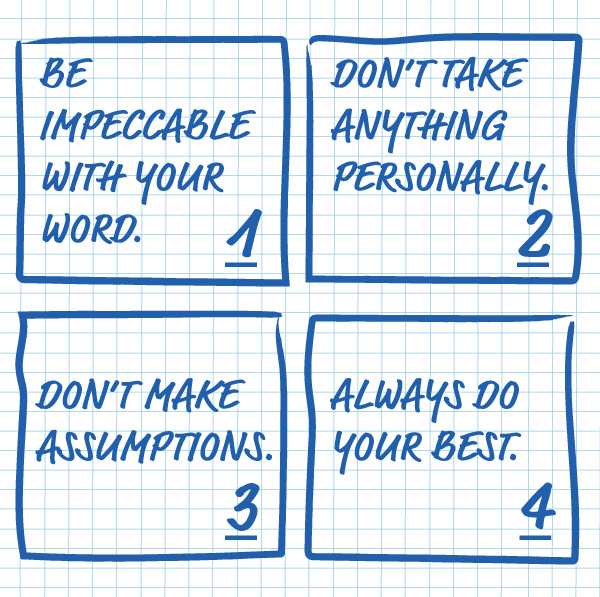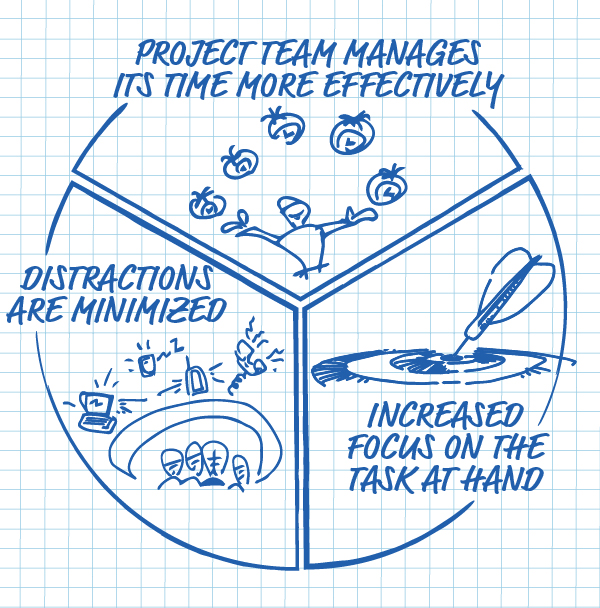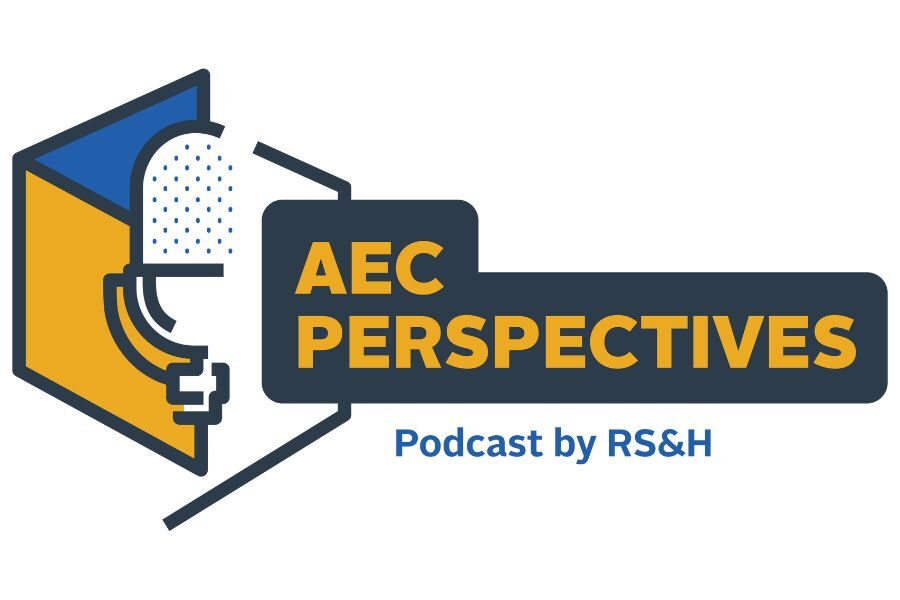Connecting Three Known Tools in New Ways – Supercharging the Military Design Charrette

In architectural design, a design charrette is scheduled to gather people from different disciplines and backgrounds for an intensive, hands-on workshop to explore different design options, validate programs, and establish a consensus on the project approach. However, when orchestrating a military design charrette, the requirements are often more complex.
Military design charrettes focus on a specific phase of the project delivery lifecycle. Planning charrettes develop and incorporate high-level requirements for military units, area development plans, and installations. Programming charrettes is an early step leading to creating a DD Form 1391, which validates the project scope, requirements, and justification for Congress to fund military construction. Design charrettes may build upon previously completed planning or programming activities or allow the team to launch into the project’s design. These charrettes focus on the first conceptual pass at the project’s facilities and infrastructure—setting the design team off towards completing a set of design documents for project construction.
Assembling as many as 150 designers, agency representatives, operators, and stakeholders at a single location (or online) and keeping them involved in a multi-day validation of a project’s scope, budget, and schedule can be arduous. But in the hands of a skilled facilitator and an engaged team of stakeholders, it can be effective and, may we daresay, enjoyable.
Many challenges face project delivery teams today. Constraints on the timing and availability of project funds, inflexible mission deadlines, procurement schedules, continuing resolutions from Congress, and timely, requirement-driven support of warfighter operations—will only continue to increase. The philosopher Laozi has been credited with the time-tested observation that the “journey of a thousand miles begins with a single step.” For military construction, a well-choreographed and efficiently managed design charrette will make the first step in the project delivery journey decisive, efficient, and effective.
The ‘iron triangle’ of project management – scope, budget, and schedule – is familiar to anyone who undertakes delivery of a military design and construction project. A similar triangle of charrette management and performance – Clear Rules of Engagement, Timeliness, and Facilitation Leadership – can be utilized by a team that plans and works together within the confines of the military design charrette to achieve a successful outcome.
Supercharging the Successful Military Design Charrette
1. Establishing Clear Rules of Engagement
Oftentimes, the simple act of deconflicting the demanding schedules of government stakeholders and the A/E team members to get all of them together to push a project forward results in early project delivery delays and pressures. Success in gathering the project team isn’t enough to ensure positive charrette outcomes. Clear rules of engagement must be established quickly to keep everyone focused on developments inside the charrette instead of the distractions of their ‘day jobs’ outside the charrette room.
One method of linked success tactics begins with setting the groundwork for collaboration. A charrette facilitator sets everyone up for a productive charrette by defining rules of engagement upfront and getting all parties’ agreement. One tool that has yielded significant positive outcomes through organizing the charrette according to clear, unambiguous rules is the framework presented in the book The Four Agreements by Don Miguel Ruiz. Many people may be familiar with Miguel Ruiz’s writings as a tool for self-empowerment. When considered as a framework for collaboration, the Four Agreements can be used to effectively empower everyone present at the charrette—by seeking agreement from all participants from the beginning.
The four agreements are:
- Be impeccable with your word
- Don’t take things personally
- Don’t make assumptions
- Always do your best
I’ve tested this level set in several recent design charrettes and workshops. Empirically, the Four Agreements are an essential tool to encourage collaboration supporting the charrette’s objectives. When stakeholders consider and consent to the four agreements at the outset of the charrette, the facilitator is given a powerful collaborative tool for the team’s collective success. Should disagreements arise, a gentle reminder from the facilitator of the agreed-upon terms allows for effective resolution. Participants can take a step back from their positions and statements, reconsider the project and charrette goals, and harmoniously course-correct if needed.
By not taking things personally and by not making assumptions inside the charrette, project stakeholders can work through dissenting opinions in an accountable manner—all in support of a successful project outcome.
2. Timing (and Timers) are Everything
Derived from the Italian word for tomato, the Pomodoro Time Management® technique was developed by Francesco Cirillo in the late 1980s during his graduate studies in Italy. Pomodoro takes its name from the tomato-shaped kitchen timer Cirillo used to overcome his struggles with time management. Nearly 40 years later, we can take advantage of the Pomodoro technique’s focus on establishing a pattern of regular, focused activity separated by breaks to deliver an exceptional charrette outcome. Thoughtful management of the Pomodoro technique as an organizing principle in the charrette’s schedule provides several benefits:
- the project team manages its time more effectively;
- distractions are minimized; and
- there is an increased focus on the immediate task at hand.
In simple terms, the facilitator focuses the charrette team on a single, specific project aspect for 25 minutes (a Pomodoro), followed by a five-minute break. Participants are given a longer break after four 30-minute Pomodoro segments are completed. For in-person attendees, this break allows for sidebar conversations, tending to other activities outside the charrette, and taking a mental break before refocusing on the next phase of the charrette. The siren call of non-charrette work tasks is packed into known break sessions—providing the participants with the knowledge they can regularly check in with their organizations and teams without disrupting the flow of the charrette. Tinkering with the actual timing of breaks and number of Pomodoros is to be expected by a skilled facilitator—work the technique to your team’s needs rather than the other way around.
This time management technique complements The Four Agreements—specifically, the Always Do Your Best agreement. After sitting in a meeting listening to team members talk for an hour and a half, we are no longer at our best—we lose focus, our attention wanders to other pressing needs, we become tired, and the effectiveness of the charrette suffers.
Breaking the charrette sessions into smaller pieces also aligns with a well-documented body of research known as the serial position effect. First identified by the German psychologist Hermann Ebbinghaus and later confirmed by Murray Glanzer and Anita Cunitz during their 1960s-era research studies, serial positioning is the observation that we most often remember the first things and last things we hear in a sequence of information. By breaking the charrette down into many parts with clear breaks, there are more “first” and “last” bits of information discussed during the day. The participants retain more information, increasing the team’s ability and efficiency to rapidly remember, share, develop, and validate project requirements in the charrette.
3. Navigating Airspace, Directing Music, and Shepherding Felines…Oh My! (The Facilitator’s Role, Redux)
The facilitator’s skillset is the third link in this trio of supercharging charrette activities. It isn’t simply enough, nor appropriate, to cheerlead participants into compliance with The Four Agreements, nor to obsessively keep time to the detriment of the flow of a charrette. To be a wizard at organizing and delivering military design charrettes that keep everyone engaged, alert, and contributing to a successful outcome, a great facilitator wears many hats.
So, let’s peek behind the curtain at three roles skilled facilitators adopt throughout the charrette—pilot, conductor, and cat herder.
Like all important activities, a well-organized charrette has a beginning, a middle, and an end. Establishing the credibility of the project delivery team and the facilitator begins in the first five minutes of the charrette. If trust and competency are not established early, keeping the team focused on the charrette tasks at hand is difficult. This is the role of the pilot.
Once on the runway, a pilot must get their plane in the air quickly and safely. The enjoyable part of the flight commences once the aircraft is safely off the ground. At the end of the flight, the pilot must successfully and safely return the plane and its passengers to the ground. A military design charrette is no different.
When kicking off a charrette, you must quickly establish several key components to create a zone for effective, safe collaboration. How will the charrette operate? Who is in charge, and when? What are the objectives and mission for each day and activity? In the end, who will document and confirm the takeaways and follow-on activities? Stakeholders need to understand and buy into the outcome and want to know the flight plan. Making sure the charrette team is well informed—at the beginning of the event, during the event itself, and how the event is brought to closure—are all critical pieces in charrette success.
Next, a successful facilitator must take on the role of an orchestra conductor. In a typical charrette, there could be anywhere from eight to 80 or more people. Everyone has their own agenda and has something to contribute, with many being subject matter experts, but all working toward a common goal. Likewise, in an orchestra, everyone plays their own instrument and has something to contribute, with many being very talented musicians, yet all play from the same sheet of music. A conductor’s job is to make sure everyone understands why they are there, keep everyone on task, and guide the musicians through the piece harmoniously and collaboratively to create a worthwhile experience for all. Similarly, the facilitator guides the process, sometimes allowing soloists to shine but always moving the process forward.
Finally, a successful facilitator must be a champion cat herder. Assembling extraordinarily talented individuals into an intensive strategy session often requires some creative wrangling of discussions. Subject matter experts can be professionally passionate about how they support the military mission—this can result in going down a “rabbit hole” during a charrette if a strong-willed personality accidentally takes the discussion off track. Well-prepared, skilled facilitators recognize that they don’t always have the answers, and they know who in the room is likely to assist in issue deconfliction, refocusing, and resolution.
Through pre-charrette preparation, understanding the skillset each charrette participant brings to the event, and in-charrette documentation of ‘off-topic-yet important’ observations, no one is left behind. The charrette team is guided toward the outcome they set for themselves in the level-setting process. Experts are given ample opportunity to contribute. And like the grizzled cowboys in the memorable Super Bowl XXXIV, Emmy-nominated commercial, the facilitator-cat herder will successfully get the charrette team to the finish line of the charrette.
Rules, Roles, and Romas – Pulling the Pieces Together for Charrette Success
Every military design charrette is different; the nature of military projects requires them to be highly structured yet flexible enough to investigate and consider the many aspects of end-user requirements before the end of the event. Regardless of the ultimate work product – a cohesive master plan, a DD1391, or a high-quality facility or infrastructure design—the triangle of effective charrette management allows for a successful first step in the military construction delivery process.
Effective level-setting and everyone’s acceptance of the Four Agreements sets the rules of engagement at the beginning of the event. The firm yet flexible incorporation of a time management tool, such as the Pomodoro Technique, allows charrette participants to move between periods of focus on the design charrette while maintaining the ability to engage with other participants or engage in outside work activities during breaks. Finally, by donning multiple hats during the charrette, the skilled facilitator elevates their role in charrette organization beyond that of a simple timekeeper or cheerleader—instead, they create an effective blend of pilot, conductor, and cat herder—all in support of the military mission and the warfighter.







